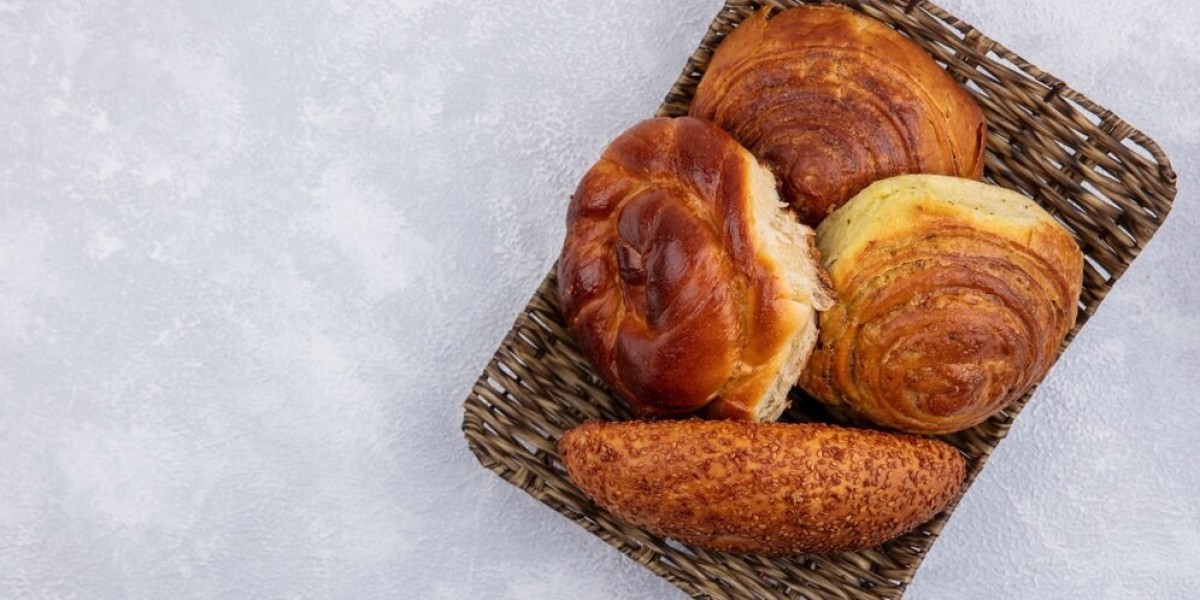The viennoiserie market, which includes a wide range of flaky, buttery, and often sweet pastries, has been a steady favorite in bakeries and cafes around the world. From croissants to Danish pastries, this category of baked goods plays a significant role in the global bakery market. However, like any market, the viennoiserie industry faces challenges and inhibitors that could potentially slow its growth. To understand how this market continues to thrive despite these obstacles, we need to explore the major factors impacting its success.
Economic Pressures on Raw Materials and Production Costs
One of the most significant inhibitors to the viennoiserie market is the volatility in the prices of raw materials. Wheat, butter, sugar, and other essential ingredients are subject to fluctuations in price due to global economic conditions, weather patterns, and shifts in agricultural production. The rising costs of these inputs directly affect bakeries and manufacturers, who may pass on these price hikes to consumers, potentially reducing demand. Moreover, increasing energy costs and labor expenses add another layer of complexity to production, making it more expensive to produce viennoiserie at scale.
Health and Nutrition Trends
In recent years, there has been a growing shift towards healthier eating habits among consumers. High-calorie, sugar-laden pastries like those found in the viennoiserie segment are often seen as indulgent treats rather than everyday foods. This trend has created a barrier to growth for viennoiserie products, as health-conscious consumers opt for lower-calorie, high-protein, or gluten-free alternatives. Furthermore, rising awareness about the negative effects of excessive sugar and fat consumption has caused some consumers to steer away from traditional viennoiserie items. To counter this, the market has seen an increase in the development of healthier variants of viennoiserie, such as those with reduced sugar or made with whole grains, but these products still face the challenge of consumer acceptance.
Saturation in Developed Markets
In many developed countries, the viennoiserie market has reached a point of saturation. The traditional pastries have been staples for generations, and as a result, consumer interest has started to plateau. Innovation in flavors and textures is still happening, but there is only so much room for expansion. Additionally, with the rise of artisanal and craft bakeries, some larger brands in the viennoiserie market are finding it more challenging to maintain their market share. Smaller, local bakeries can often offer a more unique or niche product, which adds competition in an already crowded market.
Supply Chain Challenges
Another major inhibitor for the viennoiserie market is the complexity of the supply chain. The ingredients that make up these pastries are often sourced from different regions of the world, and this can lead to logistical issues, especially in times of crisis, such as the COVID-19 pandemic or geopolitical tensions. Import-export restrictions, transportation delays, and shortages of specific ingredients can impact production timelines and availability. For larger manufacturers, this issue can be particularly problematic, leading to stock shortages and, in turn, customer dissatisfaction.
Competition from Alternative Snacks and Pastries
The viennoiserie market also faces competition from a wide variety of alternative snacks and pastries. Consumers today are more inclined to experiment with different tastes, and the growing popularity of other baked goods such as muffins, cupcakes, cookies, and even healthier alternatives like protein bars and granola has created an environment where viennoiserie is just one option among many. In addition, regional and international cuisines have introduced new types of pastries and snacks, further fragmenting consumer preferences. As a result, brands must continuously innovate to keep pace with changing tastes and preferences.
Technological Challenges in Production
While technological advancements have revolutionized many industries, the viennoiserie market faces challenges in adapting to automation without compromising quality. The process of making perfect, flaky pastries often relies on craftsmanship and human expertise, particularly in smaller, artisan bakeries. Automation and mass production processes, while effective for scale, can sometimes result in a loss of product quality, which could deter consumers from purchasing mass-produced viennoiserie products. Additionally, implementing new technologies can require substantial investment, which might be a barrier for small to medium-sized enterprises.
Environmental Concerns and Sustainability
As with most industries, the focus on environmental sustainability is becoming increasingly important. The viennoiserie market, which relies heavily on agricultural products like wheat and dairy, is coming under scrutiny for its environmental impact. The production of these ingredients requires significant amounts of water, energy, and land, all of which contribute to environmental degradation. Moreover, packaging waste from individual pastries or pre-packaged sets has raised concerns among eco-conscious consumers. Manufacturers are responding by implementing more sustainable practices and offering eco-friendly packaging, but these efforts require additional investment and may not be sufficient to fully address consumer concerns.
Regulatory Challenges
Another inhibitor to the growth of the viennoiserie market is the increasing regulatory pressure, especially concerning food safety standards and labeling. Regulations around the use of certain ingredients, such as trans fats or food colorings, can vary by region and impact the way viennoiserie products are made and sold. Navigating these regulatory landscapes can be costly and time-consuming, especially for international brands that must comply with varying laws in different countries.
Conclusion
While the viennoiserie market faces a range of inhibitors—from economic pressures and health trends to supply chain disruptions and rising competition—its resilience is clear. As the industry adapts to these challenges, it is likely that we will see new product innovations, sustainable practices, and healthier alternatives to help ensure continued growth. In order to remain competitive, bakeries and manufacturers must stay in tune with evolving consumer preferences and market trends.



